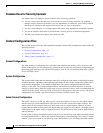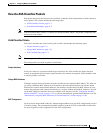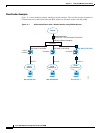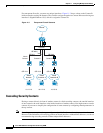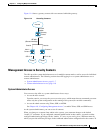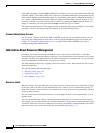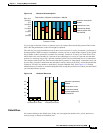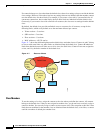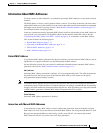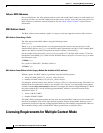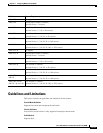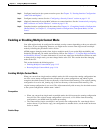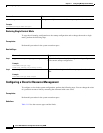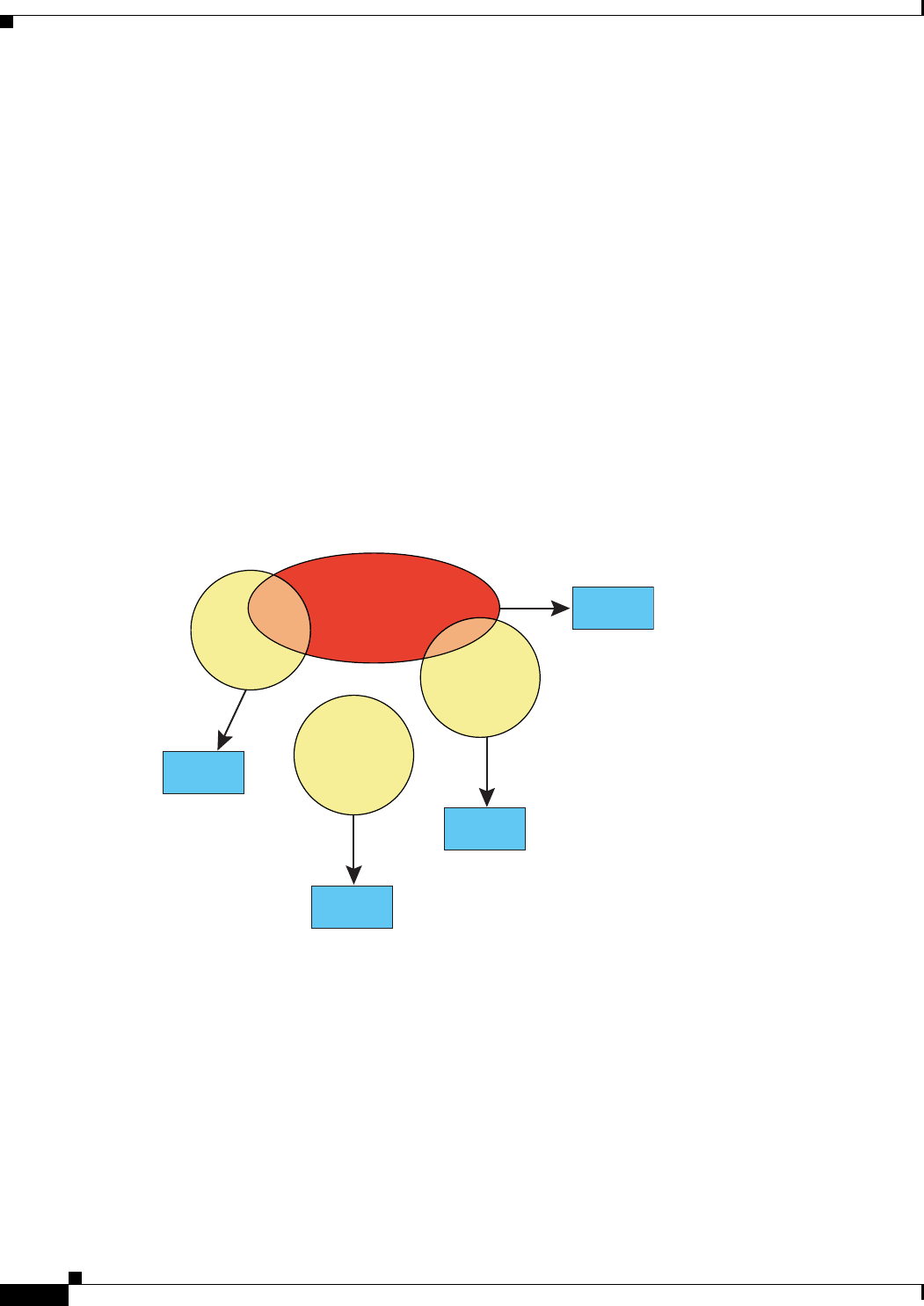
11-10
Cisco ASA 5500 Series Configuration Guide using ASDM
Chapter 11 Configuring Multiple Context Mode
Information About Security Contexts
If a context belongs to a class other than the default class, those class settings always override the default
class settings. However, if the other class has any settings that are not defined, then the member context
uses the default class for those limits. For example, if you create a class with a 2 percent limit for all
concurrent connections, but no other limits, then all other limits are inherited from the default class.
Conversely, if you create a class with a limit for all resources, the class uses no settings from the default
class.
By default, the default class provides unlimited access to resources for all contexts, except for the
following limits, which are by default set to the maximum allowed per context:
• Telnet sessions—5 sessions.
• SSH sessions—5 sessions.
• IPsec sessions—5 sessions.
• MAC addresses—65,535 entries.
Figure 11-7 shows the relationship between the default class and other classes. Contexts A and C belong
to classes with some limits set; other limits are inherited from the default class. Context B inherits no
limits from default because all limits are set in its class, the Gold class. Context D was not assigned to
a class, and is by default a member of the default class.
Figure 11-7 Resource Classes
Class Members
To use the settings of a class, assign the context to the class when you define the context. All contexts
belong to the default class if they are not assigned to another class; you do not have to actively assign a
context to default. You can only assign a context to one resource class. The exception to this rule is that
limits that are undefined in the member class are inherited from the default class; so in effect, a context
could be a member of default plus another class.
Default Class
Class Gold
(All Limits
Set)
Class Silver
(Some Limits
Set)
Class
Bronze
(Some
Limits
Set)
Context A
Context B
Context C
Context D
104689



